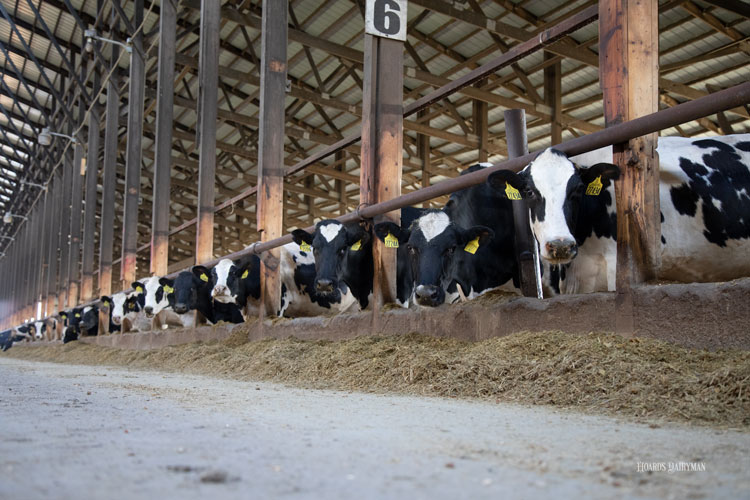
Choosing where dollars are invested is critical, especially considering how tight finances have been the last four years. That being the case, many farms turn toward their highest input category — dairy feeds — to find opportunities to trim expenses.
At the Western Dairy Management Conference, the University of Illinois’ Mike Hutjens advised producers to evaluate ration ingredients and, especially, additives on the value they bring to the ration.
“We’re jerking out amino acids; we’re jerking out additives; we’re jerking out fat because the banker says, ‘Either give me more money or cut your costs,’” said Hutjens at the onset of his presentation.
Which should we include?
Hutjens reminded conference attendees of the Four R’s concept for determining the validity of additives and how well they fit the ration.
Response. How does it work and will it work on your farm?
Return. What is the benefit to cost ratio?
Research. Is there peer-reviewed or strong research backing the product?
Records. Can its effectiveness be evaluated on the farm?
This isn’t a new method, but the four points still remain the best four areas to consider when discussing an additive.
“I’d start with monensin; that’s a slam dunk,” Hutjens said. “You can expect a slight decrease in dry matter intake in mid- and late-lactation cows, you can see butterfat tests go down a little bit, feed efficiency go up, and a slight change in the milkfat.”
In addition to monensin for lactating cows, Hutjens suggested considering yeast and yeast cultures, sodium bicarbonate, silage inoculants, organic trace minerals, and biotin. Although, not all of these may fit your farm or financial goals, they are a good starting point for consideration.








